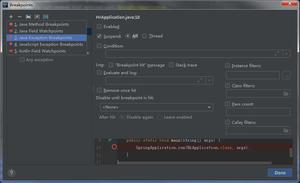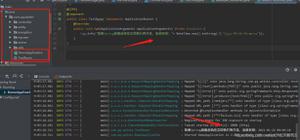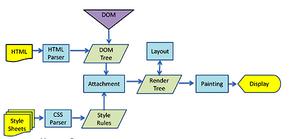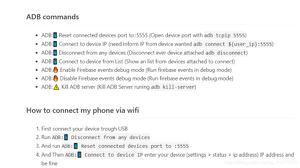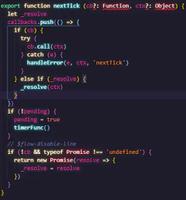理解React中es6方法创建组件的this

首发于:https://mingjiezhang.github.io/(转载请说明此出处)。
在JavaScript中,this对象是运行时基于函数的执行环境(也就是上下文)绑定的。
从react中的demo说起
Facebook最近一次更新react时,将es6中的class加入了组件的创建方式当中。Facebook也推荐组件创建使用通过定义一个继承自 React.Component 的class来定义一个组件类。官方的demo:
class LikeButton extends React.Component { constructor() {
super();
this.state = {
liked: false
};
this.handleClick = this.handleClick.bind(this);
}
handleClick() {
this.setState({liked: !this.state.liked});
}
render() {
const text = this.state.liked ? 'liked' : 'haven\'t liked';
return (
<div onClick={this.handleClick}>
You {text} this. Click to toggle.
</div>
);
}
}
ReactDOM.render(
<LikeButton />,
document.getElementById('example')
);
上面的demo中有大量this的使用,在 class LikeButton extends React.Component 中我们是声明该class,因为this具体是由其上下文决定的,因此在类定义中我们无法得知this用法。
这时问题来了,在原来 React.createClass 中, handleClick() 在onClick事件触发的时候,会自动绑定到LikeButton实例上,这时候该函数的this的上下文就是该实例。不过在ES6的class的写法中,Facebook取消了自动绑定,实例化LikeButton后,handleClick()的上下文是div的支撑实例( backing instance ),而 handleClick() 原本要绑定的上下文是LikeButton的实例。对于该问题,我们有多种解决方案。
使用bind()函数改变this的上下文
可以在class声明中的constructor()函数中,使用
this.handleClick = this.handleClick.bind(this);该方法是一个bind()绑定,多次使用。在该方法中,我们在声明该实例后,可以在该实例任何地方使用 handleClick() 函数,并且该 handleClick() 函数的this的上下文都是LikeButton实例对象。
除此我们也可以在具体使用该函数的地方绑定this的上下文到LikeButton实例对象,代码如下
<div onClick={this.handleClick.bind(this)}> You {text} this. Click to toggle.
</div>
这种方法需要我们每次使用bind()函数绑定到组件对象上。
es6的箭头函数
es6中新加入了箭头函数=>,箭头函数除了方便之外还有而一个特征就是将函数的this绑定到其定义时所在的上下文。这个特征也可以帮助我们解决这个问题。使用如下代码:
<div onClick={() => this.handleClick()}> You {text} this. Click to toggle.
</div>
这样该 this.handleClick() 的上下文就会被绑定到LikeButton的实例对象上。个人认为,使用箭头函数使得JavaScript更加接近面向对象的编程风格。
this的总结
this的本质就是:this跟作用域无关的,只跟执行上下文有关。
欢迎指正交流。
以上是 理解React中es6方法创建组件的this 的全部内容, 来源链接: utcz.com/z/383177.html


